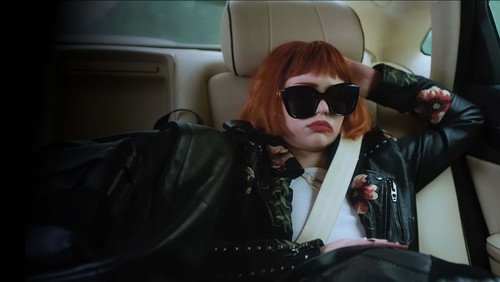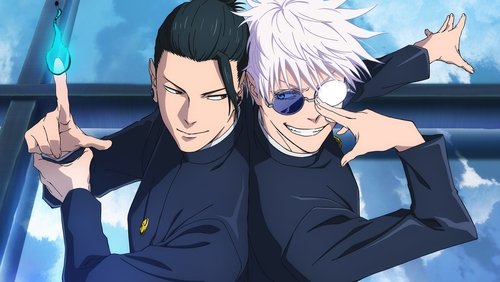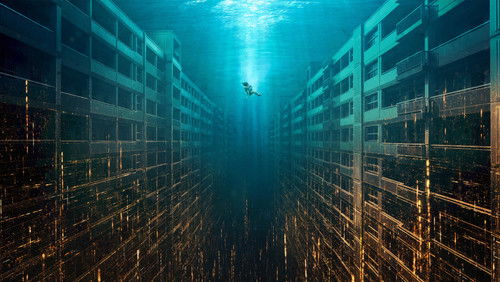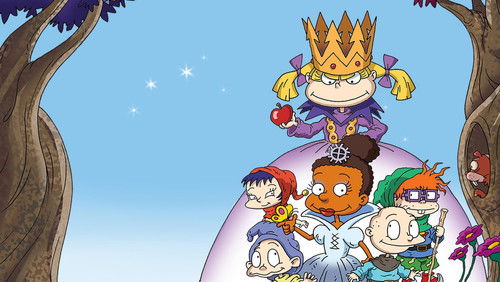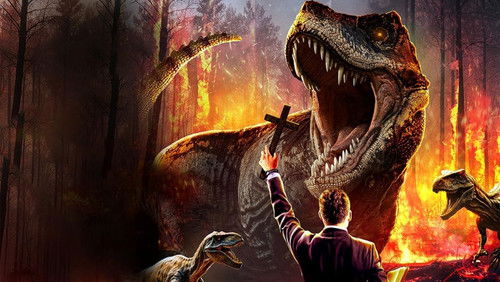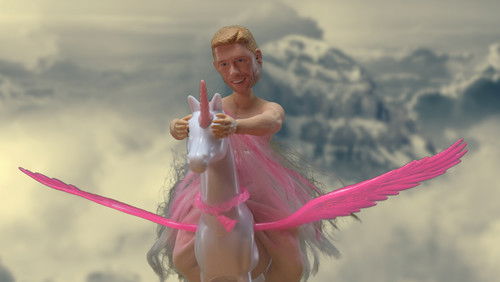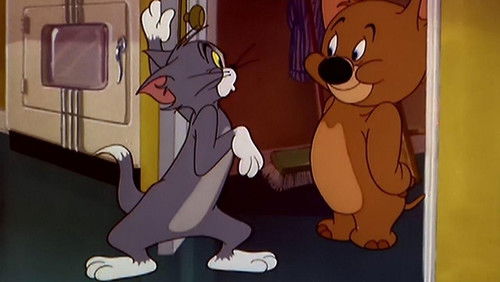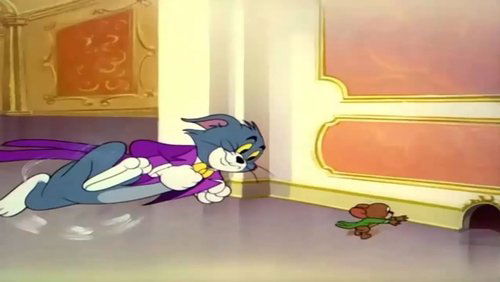Hi no tori (1978)
15KHi no tori: Directed by Kon Ichikawa. With Tomisaburô Wakayama, Toshinori Omi, Masao Kusakari, Kaoru Yumi. This extraordinarily complex film is not only a send-up of every samurai film ever made, it is also an extrapolation of the value of life. The Yamatai, represented by Prince Susano-O and elderly advisor Sumuke, hire Yumihiko of Matsuro to hunt the phoenix so that Queen Himiko, sister of Susano-O can have eteranal life. Matsuro is then destroyed by the Takamagahara, who have mastered the art of horseback riding, which is foreign to all other western Japanese tribes. One of their number, Uzume uses makeup to appear ugly and avoid rape, though her dancing induces Jingi to spare her. Queen Himiko’s apprentice, Iyo, orders the execution of an innocent based on her magical observation, so Susano-O sides with the people. A Yamatai doctor named Guzuri washes up from a shipwreck in the country of Kumaso, where Hinaku, daughter of the chief, is dying. Urusni, her husband, is killed hunting the phoenix to save her, but Guzuri gives her penicillin, which saves her, so the chief marries him to her. The Yamatai army, led by Sarutahaiko, destroys the entire village, but Guzuri, who is initially blamed, and Hinaku escape, and Nagi, the son of the chief, is spared because he knows where the phoenix lives. Initially enraged, Hinaku eventually makes Sarutahaiko take charge of Nagi, who trains him to fight animated foxes, but he is thrown in a pit of wasps when Nagi teams up with Oro, daughter of the innocent man who was executed, in attempt to kill the queen, though Nagi hits a servant, instead. The three attempt to escape during an eclipse which terrorizes the people, but Oro is killed. Sarutahaiko and Nagi float to what remains of Kumaso, Sarutahaiko’s nose permanently swollen to great size. In an earthquake Guzuni and new mother Hinaku are trapped at the bottom of a crater, where they will spend the rest of their lives, while Nagi and Sarutahaiko find a horse (Nagi briefly turning into an animation of Astro Boy when kicked), and then the Takamagahara. Jingi has no interest in living forever, but in immortalizing himself through history, and sets out to conquer Yamatai, sparing the two only because Uzume wishes to marry Sarutahaiko.
“(Itu0026#39;s been a while since I saw this film and itu0026#39;s hard to find , or was, I think it can be found streaming now.)u003cbr/u003eu003cbr/u003eWhile Osamu Tezuka is beloved and his presence is still very much in Japanese pop-culture 2020, even most Japanese are not aware that there was a live-action version of Tezukau0026#39;s manga Hi No Tori (The Pheonix). Hi No Tori opened the same summer as Star Wars (which opened one year later than the US in Japan).u003cbr/u003eu003cbr/u003eKon Ichikawau0026#39;s film is an oddball mix – an epic, violent, meditation on the meaning of existence yet also seems to be a kids movie. Itu0026#39;s as if Disney made u0026quot;Apocalyptou0026quot; as popcorn movie. I havenu0026#39;t fully read the manga but have browsed thru it and from what I can tell the movie is quite faithful to the source material.u003cbr/u003eu003cbr/u003eItu0026#39;s a huge cast and a sprawling story. The core story is of Sarutahaiko (Tomisaburo Wakayama) who takes under his wing instead of killing him, Nagi (Toshinori Omi ) a boy belonging to the tribe whose village he has just pillaged. In a plot twist usually not seen (at least in modern films) Sarutahaiko becomes Nagiu0026#39;s father figure even tho he killed Nagiu0026#39;s own father. Later they are joined by Kaoru Yumi as Uzume, who becomes Sarutahaikou0026#39;s love interest. The trio is tossed about thru turbulent times trying to survive all kinds of tribal factions and obstacles. Later Uzume becomes the object of desire for Jingi the Conqueror played by Tatsuya Nakadai.u003cbr/u003eu003cbr/u003eThroughout all this is the hunt for u0026quot;Hi No Toriu0026quot; a mystical bird whose blood can give eternal life. A powerful Queen lusts for the blood of the bird. The tone shifts wildly, there is light hearted humor yet the theme of death lies strong under the surface. Feels and looks like an epic historical drama, but then we even get an animated sequence for laughs. Imagine a live-action Disney movie for kids but with scenes of genocide, mass murder, torture and war. Beautiful cinematography in rugged locations in that old school cinematic style we just donu0026#39;t see any more and fascinating costumes of a pre-samurai era Japan, more akin to the Jomon Era Japan.”

